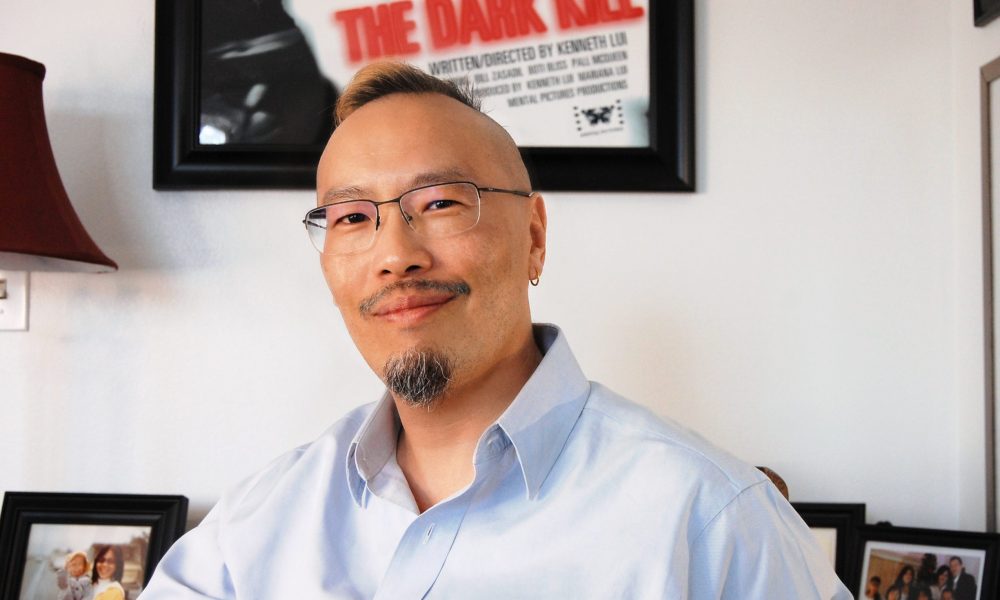

Today we’d like to introduce you to Kenneth Lui.
Hi Kenneth, so excited to have you with us today. What can you tell us about your story?
Grew up in Monterey Park during the 80’s so it was a wonderful mix of cultures. Raised by immigrants from Hong Kong at home, hung out with homies who were mainly Latino at school. I was very much drawn to the arts at an early age, drawing ever since I can remember, taking piano at the age of four, and making up my own stories in first grade. My dad took me to every movie possible regardless of its rating, so my affinity for cinema started early. It was an escape from reality and I instantly fell in love. My love for cinema got a huge kickstart after watching THE TERMINATOR on VHS taped from a bootleg cable signal catcher my dad had (anyone remember ON TV?). At the ripe age of 12, I became obsessed with this film and had to know more about it. Once I learned that writer/director James Cameron also did designs and drawings for the film, I knew it was something I wanted to do. My thought was, “There’s a job where they let you write AND draw and design creatures AND shoot stories, wow! Do they let you compose the music too?!” (And then later I discovered John Carpenter.)
So I consider that my start. There I was at 12, writing stories, sketching characters from those stories, and writing music on my piano for movies I knew I couldn’t shoot, but it was fun just to flesh out those ideas for my own entertainment. (What can I say, I was a typical GenX kid, left at home with a single mom and I was bored.) But I always had a piano, pencil and paper, cable TV and blank VHS tapes that I would use over and over. In high school, I would carry with me dozens of sketches in a Pee Chee folder as my entertainment. We didn’t have smartphones back then. And any music compositions that were good enough to be the theme song of my written ideas were committed to memory. In class, I would sketch monsters and heroes, and whenever one was good enough for the folder, in it would go. At 17, my dad got me a used camcorder which I shot my first short film. “Yo-Yo Kid”, a simple 15-minute story about a boy who loses his yo-yo and goes through Hell to get it back. I’d scout locations, wrangle students for extras, shoot standing on top of the bed of my friend’s pick-up truck for moving shots of the truck chase, and a college friend who was going to film school would sneak me into the tape-to-tape video suites late at night to let me edit it.
My grades in high school weren’t good enough to let me go into my first choice of film school, USC and I was crushed. I really wanted to go to USC because some of my biggest heroes went there (George Lucas, Robert Zemeckis, John Carpenter, John Milius)! So I was kinda lost and dejected for a while and attended Pasadena City College earning general education points while I was figuring out what I wanted to do. Finally, I realized that it didn’t matter where I went to learn filmmaking, I just needed to learn it SOMEWHERE. So I applied to the Art Center College of Design where my “Yo-Yo Kid” short film made an impression and got me in! I loved Art Center because I was finally doing homework that I felt applied to what I wanted to do. Art Center’s program was very much centered on aesthetics, high design, art history, and being an auteur so the program was very extensive and let you own your own films. (Unlike other colleges that own your film, not you.) My hero was James Cameron who knew every aspect of film, so naturally, I threw myself into my classes and never took the “I wanna direct, why do I have to know this?” attitude I saw from others. For the first time in my life, I was earning A’s! A new experience for me! I loved my experience so much I never took my foot off the gas, so earned my 4-year degree in 2. Took zero breaks and got to shoot my first major short film, FALSEHOOD, my college thesis that I wrote, directed and composed music for. FALSEHOOD was a very ambitious 35 min fantasy fairy tale film noir-esque story about the trial of the Big Bad Wolf for his crimes against Red Riding Hood and her grandma, the story AFTER what we know of the fairy tale. I shot on 35mm with a lot of help and support of my fellow students who were into the idea and cheered me on. The budget only had enough for materials and film so all the artists had to work for free, but the idea seduced some of the best talents I’ve ever worked with. The film went on to be featured on PBS, win about a dozen awards for its writing, directing, its acting and was featured at the Cannes Film Festival for its brilliant cinematography.
Fast forward a few years, after writing several feature scripts, having countless meetings with producers that didn’t lead to any work, I decided to start shooting again on my own and created a little 10 min short called “CIRCLE JERKS”. A modest little tale about a guy who can’t go to sleep after a bad breakup and has an existential conversation with varying aspects of his personality (his intellectual side, his nurturing side, his anger) all played by the same actor. He eventually finds love and peace within himself to fall asleep. Shot all in one night in my buddy’s apartment whose brilliant acting pulled the project together. It went on to earn a few award nominations but no wins, but that wasn’t the point. It was fun to shoot something again without any threshold guardians there to stop me. So I endeavored on another more ambitious short, THE DARK KILL, a tight claustrophobic 7-minute thriller about an undercover cop who blows his cover to save the girlfriend of a maniacal crime boss who’s trying to shoot them both in the dark. The story played out in pitch blackness only lit by muzzle flashes whenever one of them shoots with the camera traveling through “frozen time”. I just thought it was a really cool idea and the actors were superb. By now, I had built enough confidence to start doing my own cinematography which led to my next short film WHITE WOLF: Zombie Killer, a 13-minute genre short about a lone man fighting to protect the last human baby from zombies. This project also went on to win several awards.
After that experience, I was excited at the prospect of shooting a feature on my own. One of my dreams was to do an improvised project where I was in collusion with the actors akin to This Is Spinal Tap and What We Do In The Shadows (the film not the TV show). So, as an experiment, I gathered the best actors I knew to do interviews, which would also double as test footage, and the results were hilarious. I did a quick edit and showed it to them with the idea that if we could do a handful more of scenes, I could complete their arcs and tell a story. Maybe it’d be a web series, maybe it’d be a feature film. So, with me on camera and my wife/co-producer doing sound, we would do this project in our spare time on weekends. And we did this on and off for 8 YEARS. The result would become ARTISTS IN AGONY: Hitmen at the Coda Teahouse, a fictional, found footage, mock-documentary, madcap, crime conspiracy, satire feature. This fictional documentary would be an unprecedented look into the hidden and violent world where assassins regard their work as art and themselves as artists. The fictional documentary features footage revealing how four bungling hitmen died at the infamous Coda Teahouse Massacre. —Frosty (the new father), Lucien Mercy (the stay-at-home mom), Red Rick (the romantic), and his apprentice Lady Faith (the rising star).
During this time I was working full-time as a VFX artist for various Marvel and DC films and commercials, which also came in handy to pull off some of the gags needed for the show. One of the main reasons why it took so long was because the performances were so great, it made me want to expand their stories and recruit more actors, so the show got longer, more dense, and more ambitious as weaker storylines were dropped for better ones. It was a real high-wire act for the actors and myself as a writer, but it was so exhilarating to craft the performances in real time as I directed and shot camera. The premise meant not only was I controlling the film’s perspective as the director, I was also a character, the “cameraman” in the film. It was like trying to win a prize fight with one arm tied behind your back. But I was convinced I had the actors that could pull it off and I couldn’t resist the concept of doing a satire that could comment on fandom, self-importance, idol worship, and violence in American society. Once I had the final story arcs mapped out and the final climactic shoot-out in the can, I finally felt I had something I could call a “Kenneth Lui Film” and a first feature I could be proud of. After 10 years from conception to screening at festivals, it has won Best Comedic Feature at IFS FilmFest 2021 and Best Ensemble Cast and Best Cinematography from GenreBlast 2022. The show also got a distribution deal for streaming which my wife/co-producer and I are very excited about. We had our first L.A. screening of ARTISTS IN AGONY at L.A. Live Sept. 4th and we couldn’t wait to hear the jokes we crafted land with a live audience.
We all face challenges, but looking back would you describe it as a relatively smooth road?
Oh nooo. Hardly a smooth road. Struggles? What comes to mind is finding like-minded artists that trust you and truly understand what you’re trying to do. Sometimes I think people misunderstand who I am and what I’m doing. But for me, I get the vibe that it isn’t all about the art for some people. And when I don’t fit what their expectation of me is or their vision of what I’m supposed to do for them, they get pissed at me. I like to think I present artistic opportunities where everyone gets to shine, and I just bring the “stage” where they get to perform, which I guess isn’t enough for some people. This is a collaborative art form, PERIOD. No one can do this type of art alone, so you need help and finding good help can be difficult. Good help not only has to be talented but also understanding, have vision (or can at least see the potential of yours) and most of all at this level of production, PATIENT.
Can you tell our readers more about what you do and what you think sets you apart from others?
I write, conceptualize, and shoot narrative films and music videos. I’m essentially a “visualist”. And I wear whatever hat that I need to wear to make that vision happen on screen. I specialize in high concept, “genre cocktails”, because I love all kinds of cinema and my goal with any project is to create something that’s never been seen before. I guess one could say I’m known for my affinity for complex characters, superb acting performances, beautiful cinematography, high-octane action, explorations of themes of “loss” and the “dark side of people”. In a way, I specialize in “monsters” literal and figurative. If you look at my reel, I am a bit embarrassed because I can’t hide my love of beautiful faces and monsters, all filmed with artful pools of dark. What I’m most proud of is my first feature ARTISTS IN AGONY: Hitmen at the Coda Teahouse, which I shot myself and has the most complex story structure I’ve ever attempted to film. It also has some of the best acting performances I’ve ever filmed. What I would say sets me apart from others is my idiosyncratic sensibilities and expansive skills culled from my natural interest in all the arts as a writer, designer and composer fueled by years of anger and sadness (which accounts for my interest in violence, the macabre and the dark side of the soul), my quest to do original undiluted work, and my ability to “see” a project or have a “vision” and know what turns me on about it, with the hope that others can relate. My “voice” essentially.
What has been the most important lesson you’ve learned along your journey?
Cultivate the skills and the attitude to make “lemonade”. Learn the art of turning loss into gain. No crew? That means you’re fast and inconspicuous, so take advantage of that. No lights? Get more coverage instead of messing with them. An actor is giving you trouble? Give that storyline to one that isn’t and make another character more complex. Need effects? See if you can learn it yourself and have one more skill. One thing that helped me through productions over the years is something I like to say to myself whenever something didn’t go the way I wanted, whether I had to press on without an actor or become self-reliant in some way: “Don’t get mad. Get better.” Sometimes getting better means finding another more suitable person for the project, sometimes it means me learning a new trick, sometimes it means a new direction, because ultimately, no one cares that you’re mad, what counts is finishing the film and finishing strong, so sometimes that means more time, more skills, or embracing a more complex version of your original idea. Forget how you THOUGHT it would go and open your mind to other opportunities on how it CAN go, the results can surprise you in wonderful ways.
Contact Info:
- Website: artistsinagony.com, kennethlui.com
- Instagram: https://www.instagram.com/mental.pictures.productions/
- Facebook: https://www.facebook.com/MentalPicturesProductions
- Youtube: https://www.youtube.com/channel/UC-clcGT1l-8X9MYda-RCDhw
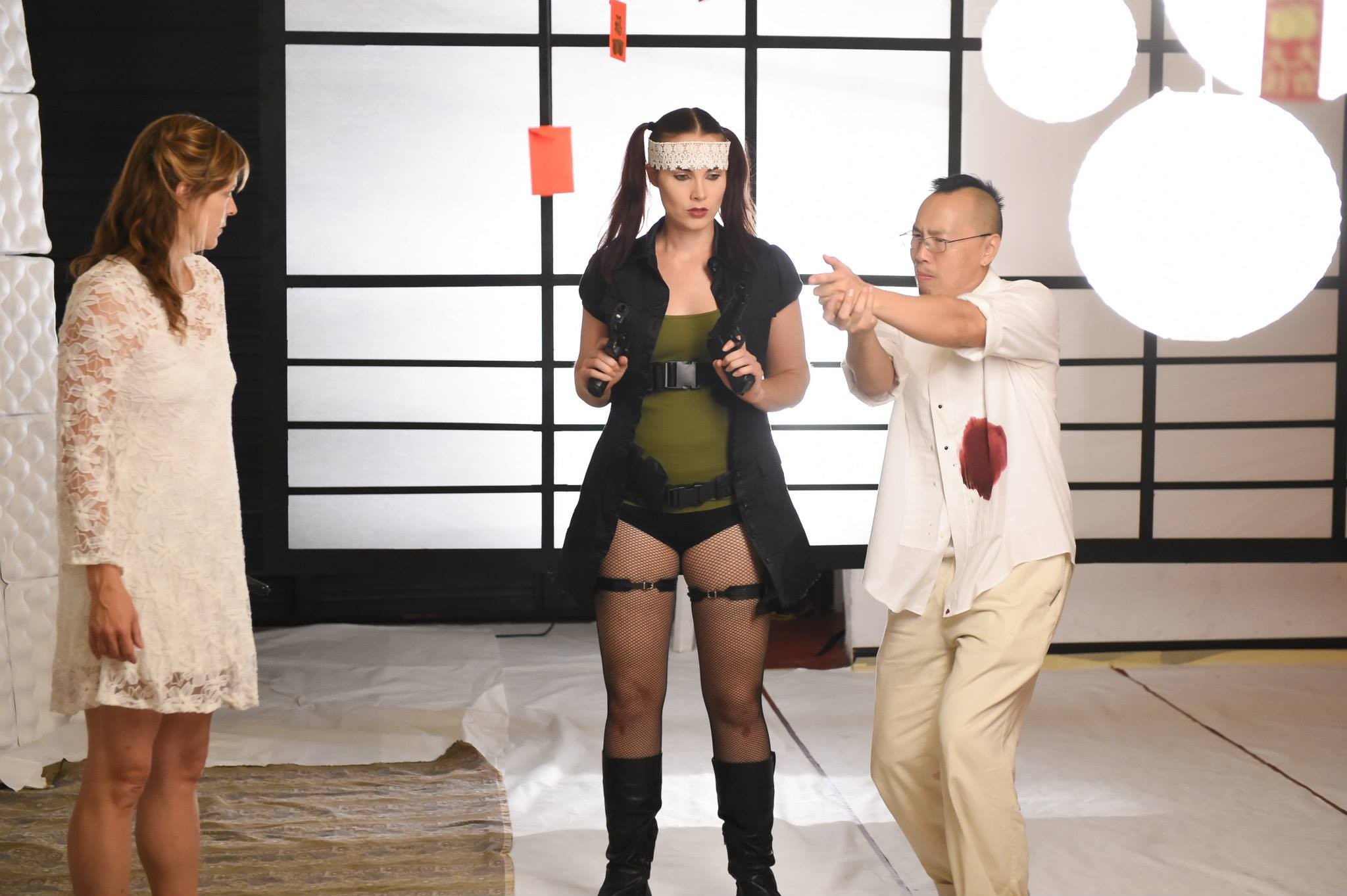
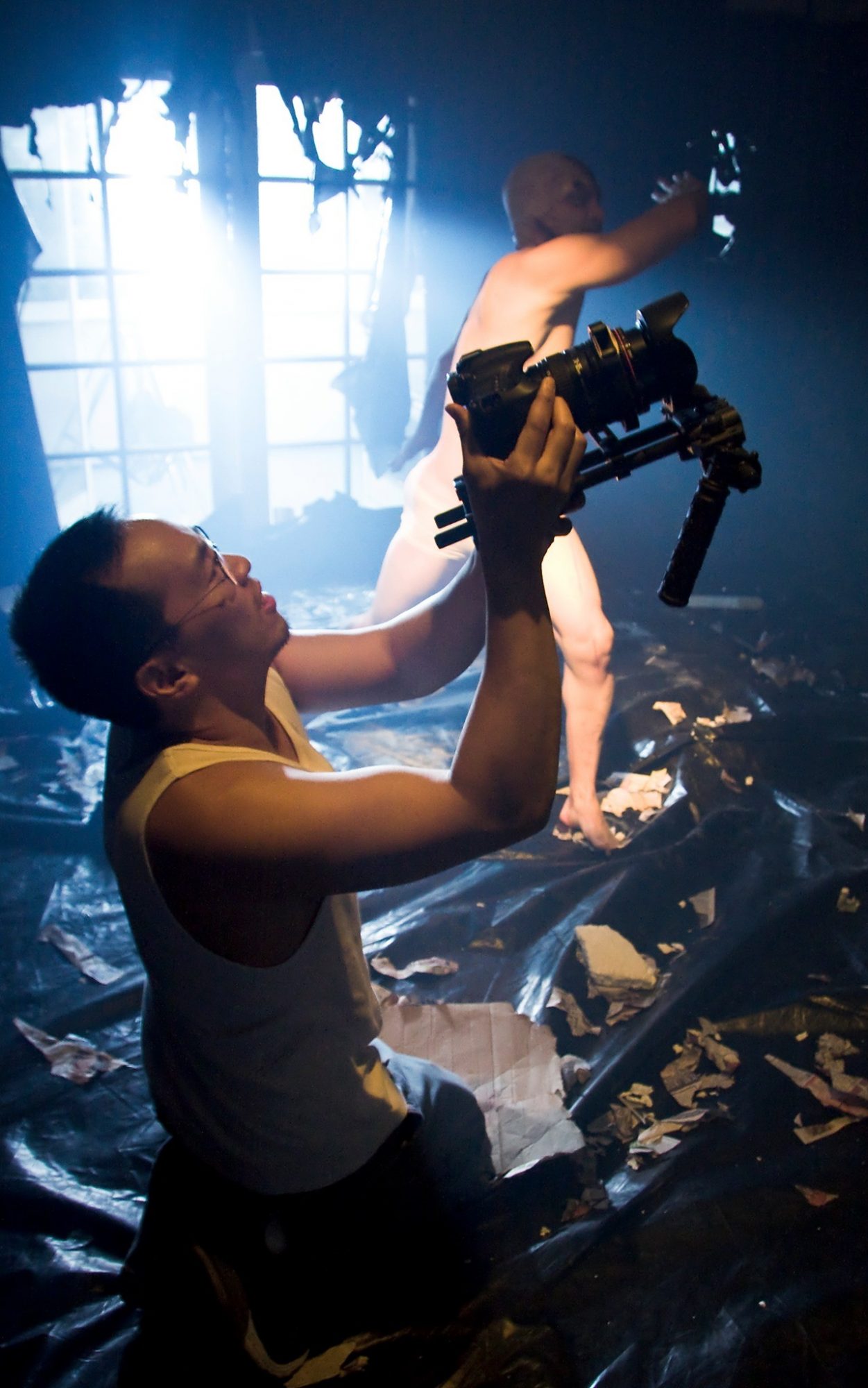
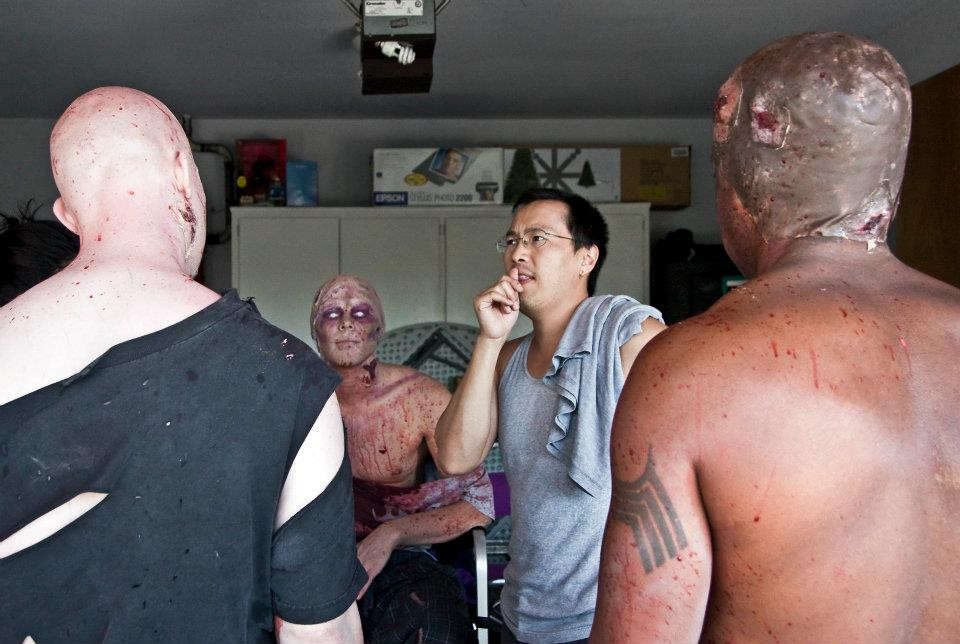
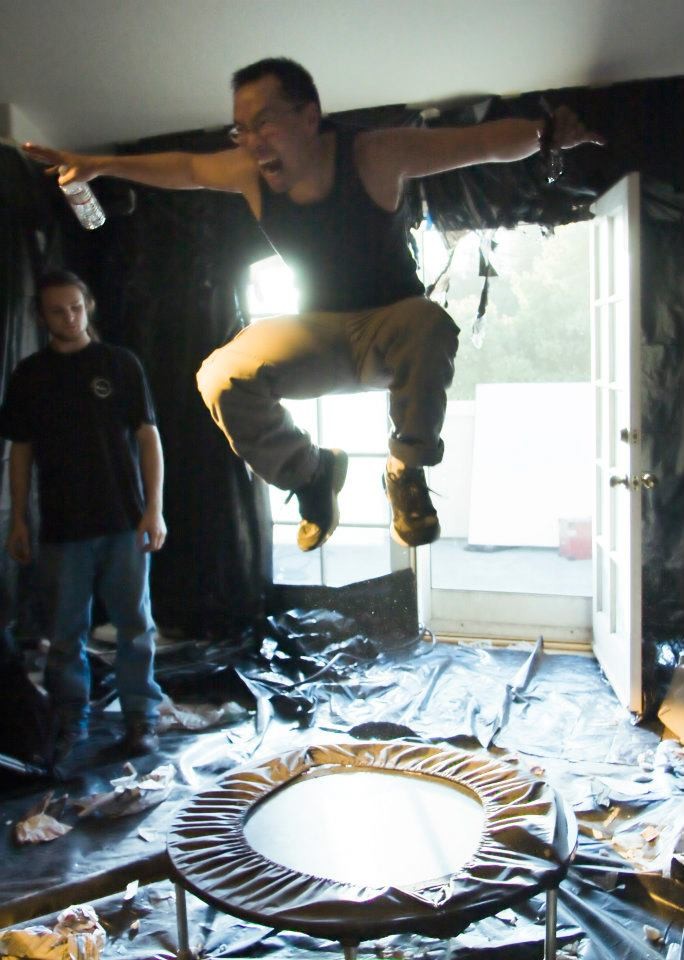
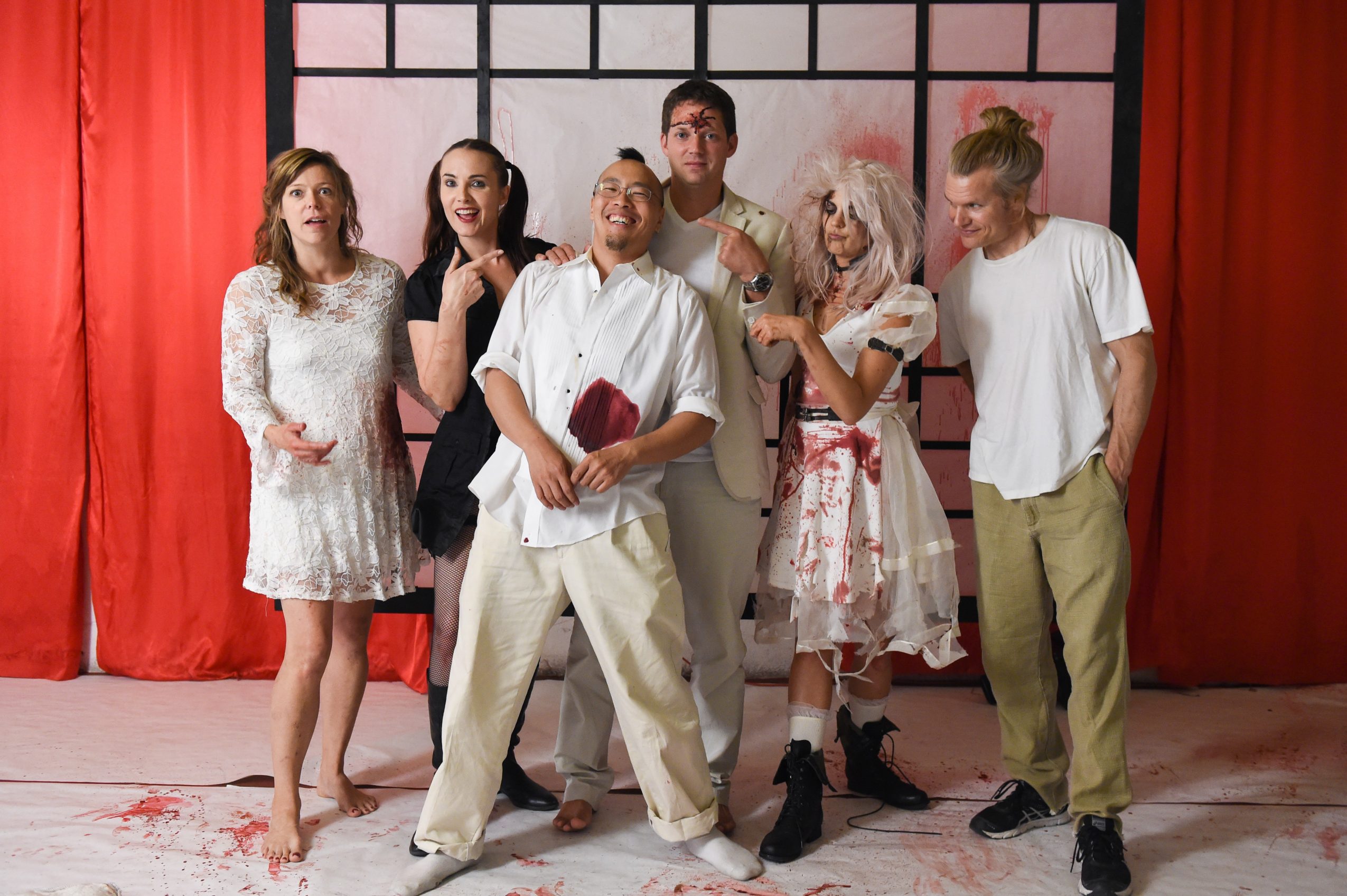
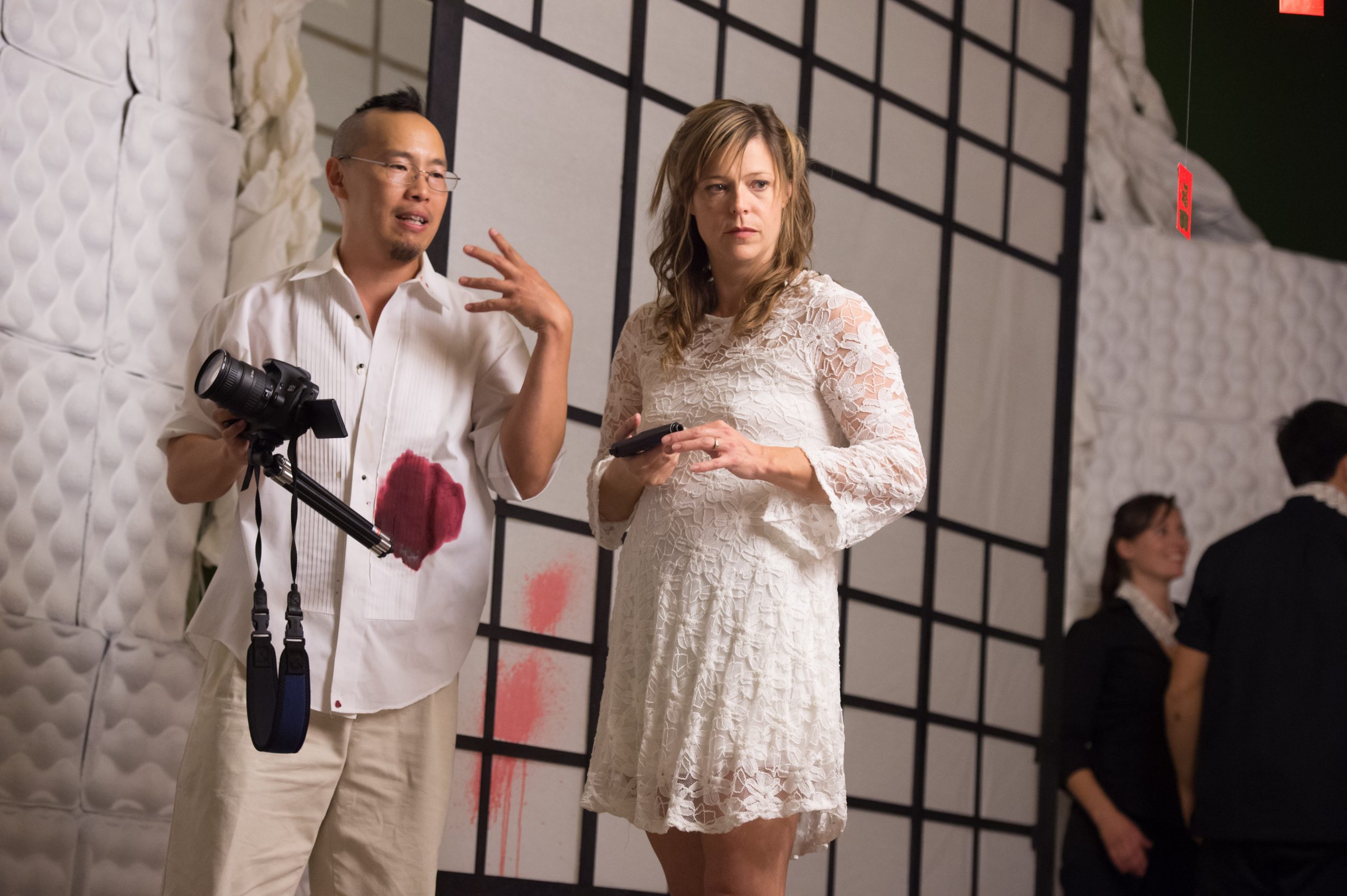
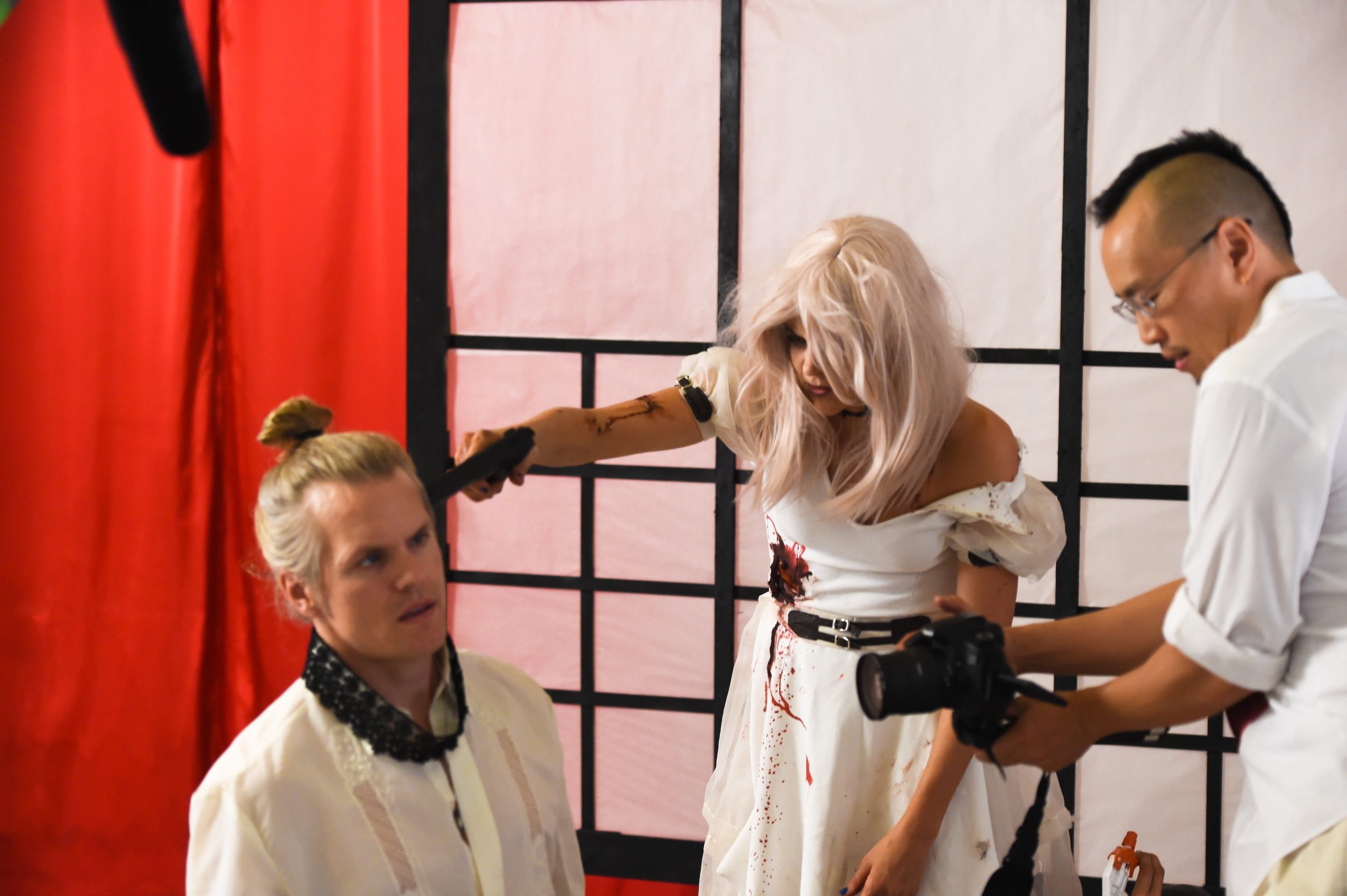
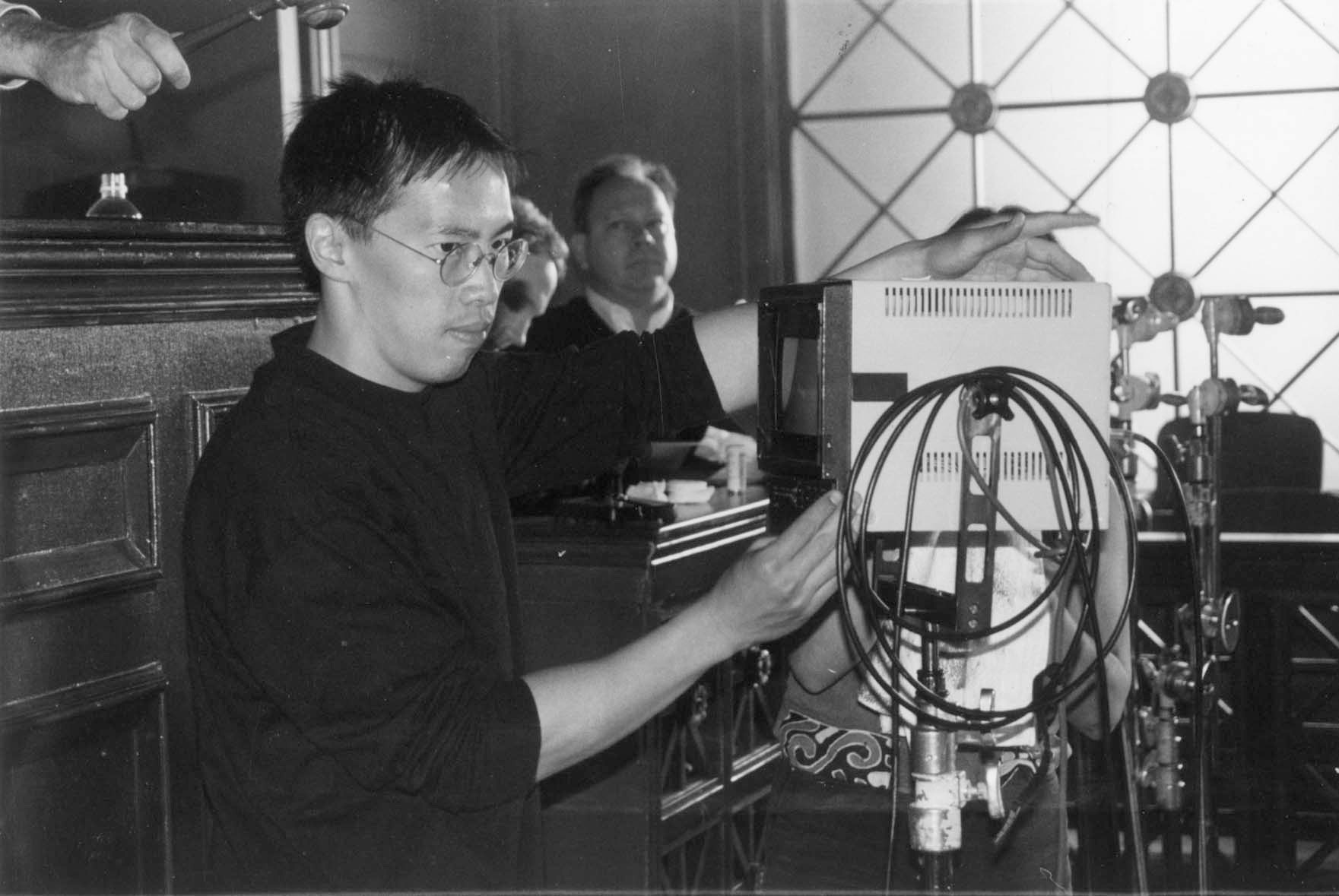
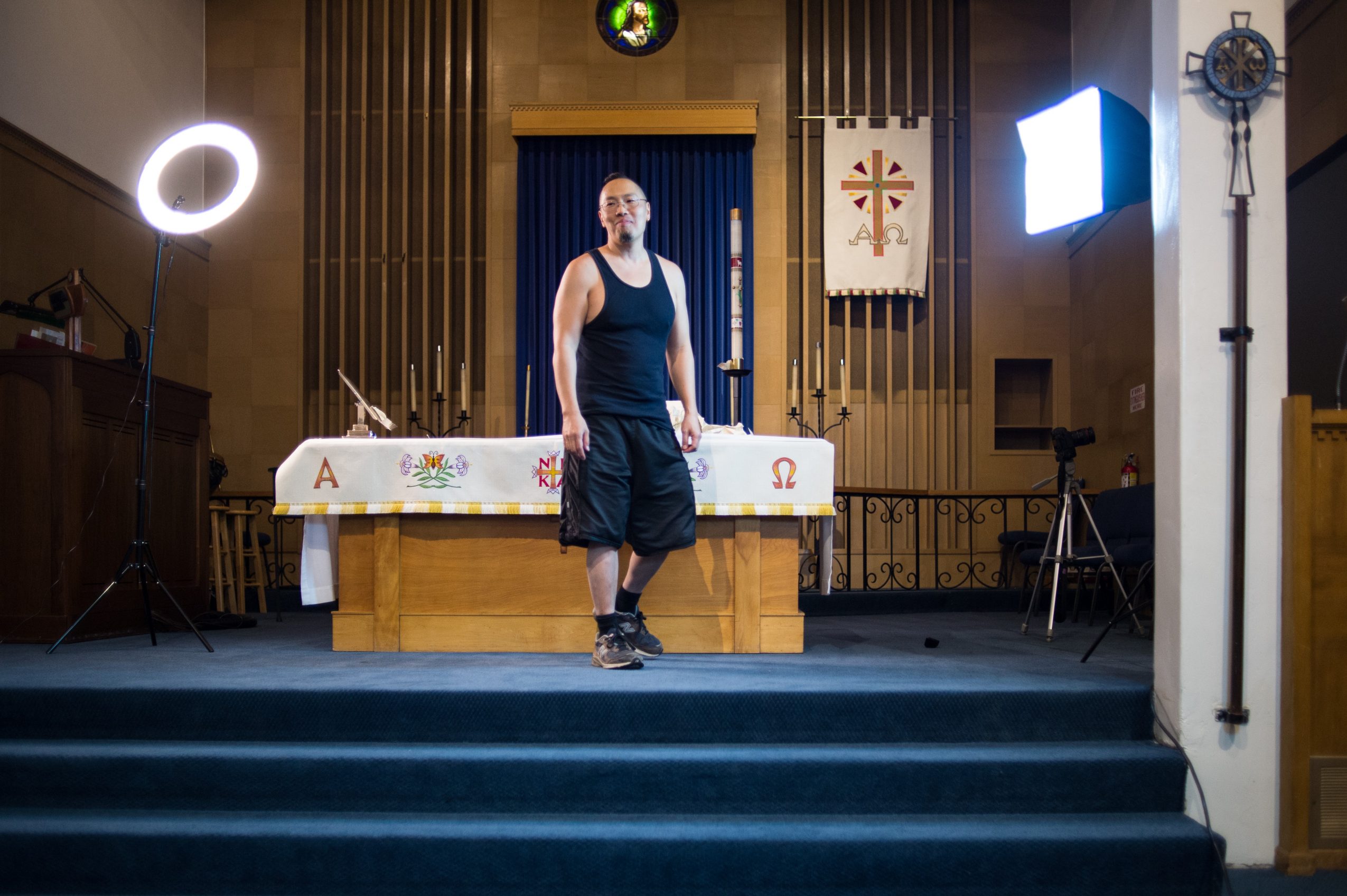
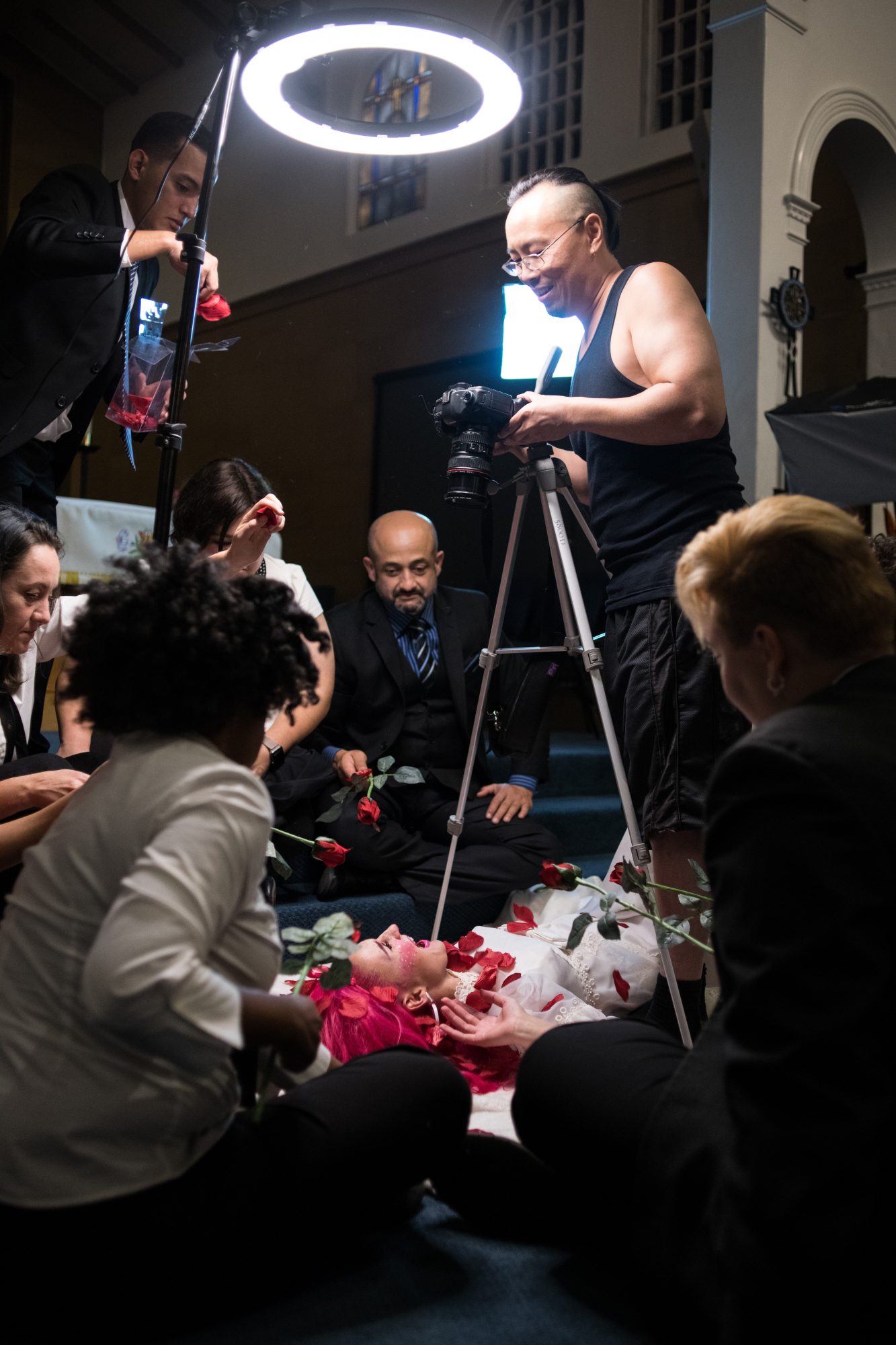
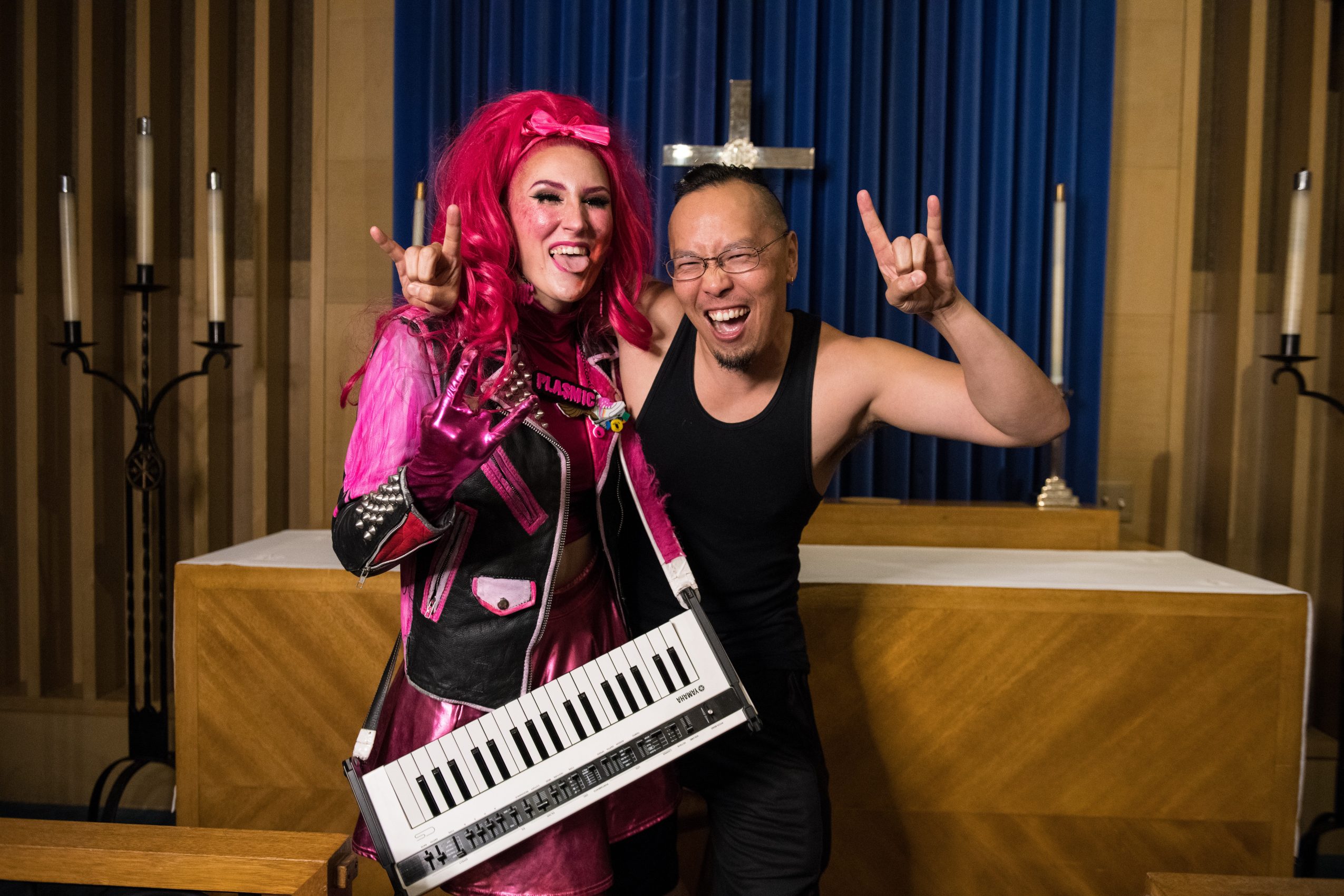 Image Credits
Image Credits
Temma Hankin Kira Robles














